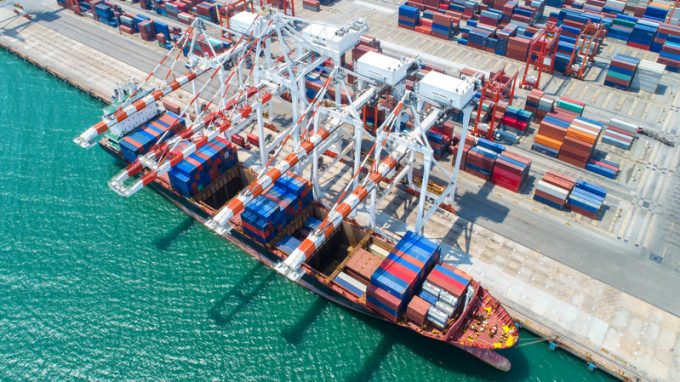Over-inflated retail inventories could contribute to deflating freight markets
Freight markets are expected to soften – not least because of high inventory levels. According to ...

The outlook for container shipping has deteriorated further in the past three months, resulting in another full-year growth downgrade by Drewry.
This is especially unwelcome news for carriers which, over the next few quarters, face a fight for survival in the face of a steep jump in operating costs as a consequence of the IMO’s 0.5% sulphur cap on marine fuel that will become law on 1 January next year.
The consultant said it now expected global port throughput to rise by just 2.6% this year – its ...
'Disastrous' DSV-Schenker merger would 'disrupt European haulage market'
New senior management for DSV as it readies for DB Schenker takeover
Volumes set to 'fall off a cliff' as US firms hit the brakes on sourcing and bookings
Asian exporters scramble for ships and boxes to beat 90-day tariff pause
Amazon pushes into LTL for small package fulfilment and UPS does a u-turn
Temporary tariff relief brings on early transpacific peak season
Pre-tariff rush of goods from US to China sees air rates soar, but not for long
Forwarders 'allowing the fox into the chicken run' by supporting 'hungry' carriers

Comment on this article